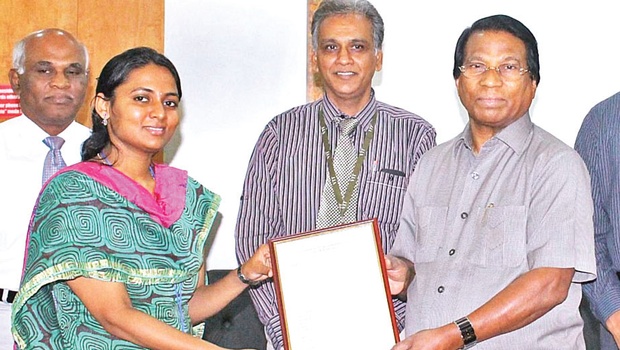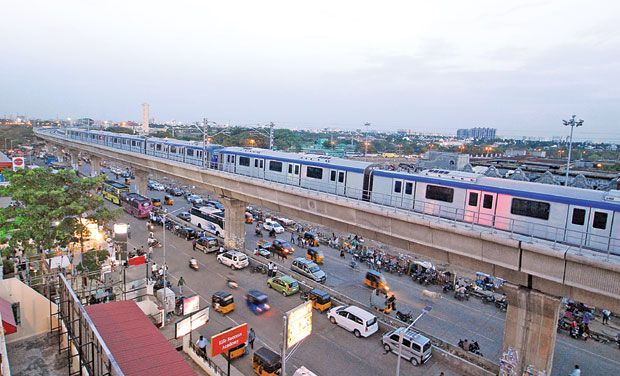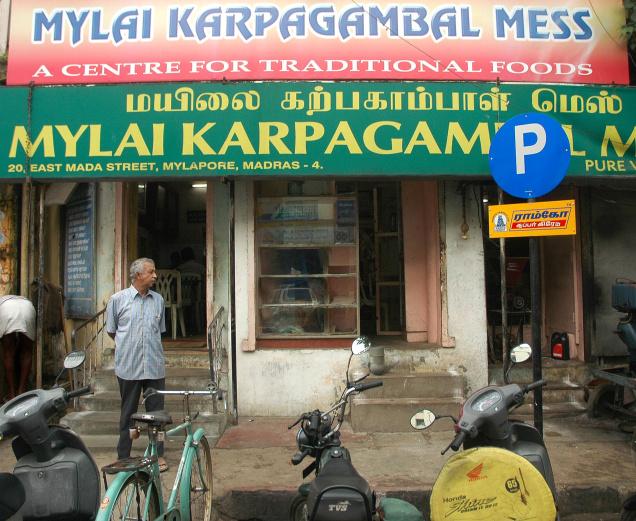Will offer ticket booking facilities at Post Offices
Chennai :
Cashing in on the retail network of India Post, omnibus operator SRM Transports India has tied up with India Post to book bus tickets across Tamil Nadu.
The over ₹100-crore SRM Transport operates close to 500 vehicles connecting all key cities across Tamil Nadu, Karnataka, Andhra Pradesh, Kerala and Puducherry. The company recently launched ‘Dial-in’ services for ticketing, where by travellers can block tickets from anywhere.
The tie-up with India Post is expected to offer booking tickets through the Internet.
“As the Internet is yet to penetrate in a big way into rural geographies, the India Post tie-up will come in handy for us,” explained Vivek Sivaraman, Chief Executive Officer, SRM Transport.
According to SC Barmma, Postmaster General (Mails & Business Development), who launched the service at a press conference here on Monday, said consumers can book SRM Bus tickets at post offices. To start with 94 post offices across Tamil Nadu will offer this service, and it will be extended to over 2,000 post offices in the State in a phased manner.
Ravi Pachamoothoo, Chairman, SRM Group, said the company is keen on expanding its network across the South through hub-and-spokes model. At present, it operates from Chennai and Bangalore as hubs.
More cities
The plan is to have more cities, such as Coimbatore, Madurai, Tiruchi, Mysore, Thiruvananthapuram and Hyderabad as hubs connecting various points around these cities. He also expressed the company’s tie-up with India Post for its cargo services as well.
Besides, the company plans to double its fleet in the next couple of years.
“We are also open to expand our network through acquisitions,” said Sivaraman.
source: http://www.thehindubusinessline.com / Business Line / Home> Logistics / by The Hindu Bureau / Chennai – August 18th, 2014


